When Jurassic Park roared onto screens in 1993, it revolutionized how we visualize dinosaurs and sparked widespread interest in paleontology. Steven Spielberg’s groundbreaking film, based on Michael Crichton’s novel, represented the most scientifically accurate depiction of dinosaurs in popular media at that time. However, in the three decades since its release, paleontological discoveries have dramatically changed our understanding of these prehistoric creatures. What seemed cutting-edge in 1993 now appears outdated or simply incorrect in many respects. Let’s explore the major scientific inaccuracies in Jurassic Park’s portrayal of dinosaurs, while acknowledging the film’s immense cultural impact and the limitations of scientific knowledge at the time of its production.
Velociraptors: Size and Feather Misconceptions
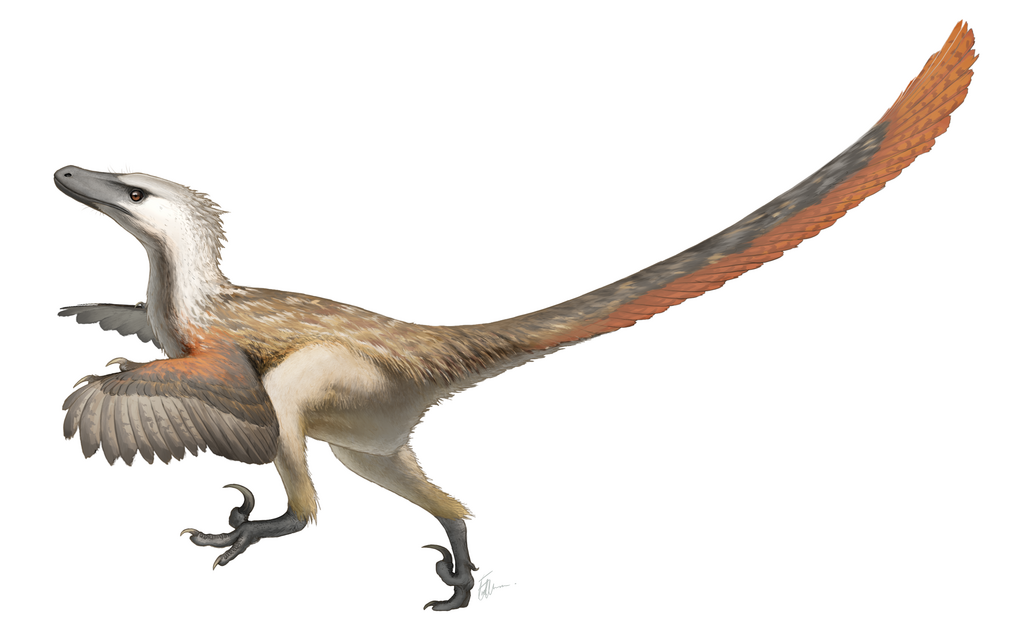
Perhaps the most iconic misrepresentation in Jurassic Park involves the Velociraptors, which were dramatically enlarged for cinematic effect. Real Velociraptors stood approximately 1.6 feet tall at the hip and measured about 6.8 feet long—roughly the size of a large turkey, not the 6-foot-tall terrors depicted in the film. The movie’s “raptors” were actually closer in size to Deinonychus or Utahraptor, with the filmmakers consciously choosing to use the more menacing-sounding name “Velociraptor” despite the size discrepancy. More significantly, we now know that Velociraptors and their dromaeosaurid relatives were covered in feathers, not the scaly skin shown in the film. Fossil evidence discovered after the film’s release confirms that these dinosaurs had quill knobs on their forearms where feathers attached, giving them a much more bird-like appearance than their movie counterparts.
Dilophosaurus: The Frilled Spitter That Never Was
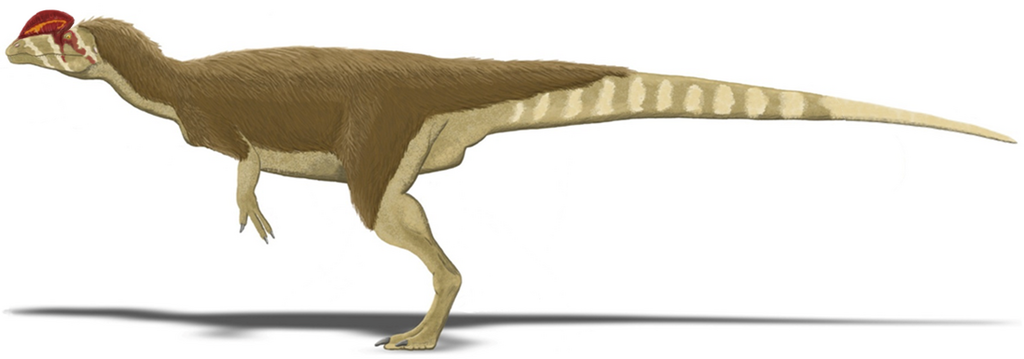
Jurassic Park’s portrayal of Dilophosaurus as a small, venom-spitting dinosaur with an expandable neck frill was almost entirely fictional. The real Dilophosaurus was considerably larger than depicted in the film, standing about 7 feet tall and measuring up to 20 feet in length—not the dog-sized creature shown. There is absolutely no fossil evidence suggesting Dilophosaurus had a neck frill or the ability to spit venom. These features were creative additions by Michael Crichton in his novel and retained for the film to make the dinosaur more distinctive and threatening. The distinctive dual crests on its head were accurately depicted, but their function was likely for display or species recognition rather than intimidation tactics as suggested in the film.
Tyrannosaurus Rex: Vision and Movement

The iconic scene where Dr. Alan Grant claims T. rex’s “vision is based on movement” has no scientific basis and was invented for dramatic tension in the story. Current research indicates that Tyrannosaurus had excellent vision, possibly even better than modern hawks or eagles, with forward-facing eyes providing good depth perception and binocular vision ideal for hunting. The film also originally portrayed T. rex as being capable of running at speeds up to 45 mph, but subsequent biomechanical studies suggest a maximum speed of 12-25 mph would be more realistic given its massive size and weight distribution. More recent evidence indicates that adult T. rexes likely couldn’t run at all in the technical sense (where all feet leave the ground), instead moving with a fast walk that could still reach impressive speeds.
Dinosaur Sounds: Roars That Never Existed

The iconic roars, bellows, and screams of Jurassic Park’s dinosaurs were brilliantly crafted sound designs but were not based on any scientific evidence of how dinosaurs actually vocalized. The terrifying T. rex roar was created by combining tiger, alligator, and baby elephant sounds, while raptor calls incorporated dolphin, walrus, goose, and tortoise noises. Since dinosaurs lacked the vocal cord structures of mammals, they likely made sounds more similar to modern birds and reptiles than the mammalian-inspired roars in the film. Some dinosaurs may have had resonating chambers in their crests, like Parasaurolophus, allowing for specific vocalizations, but they wouldn’t have sounded anything like the dramatic calls in the movie. Recent research suggests many dinosaurs might have made closed-mouth vocalizations similar to cooing or booming sounds produced by some modern birds.
Scaled Skin: The Missing Feathers

When Jurassic Park was made, dinosaurs were commonly depicted with reptilian, scaly skin, which the film followed faithfully. However, subsequent fossil discoveries have revolutionized our understanding of dinosaur integument, revealing that many species—particularly theropods (the group including T. rex and Velociraptor)—had feathers or feather-like structures. This feathering wasn’t limited to just a few species; evidence now suggests that feathers or proto-feathers may have been present in the common ancestor of all dinosaurs, with some lineages later losing them. Even dinosaurs that retained predominantly scaly skin likely had some feathered areas, creating a much more diverse appearance than the uniformly scaly creatures in Jurassic Park. The film’s sequels have acknowledged this scientific advancement but chosen not to implement feathers, claiming in-universe that the genetic modifications used to create the park’s dinosaurs resulted in their scaly appearance.
Brachiosaurus Posture and Behavior

The majestic scene of Brachiosaurus rearing up on its hind legs to reach high foliage, while visually stunning, is now considered anatomically impossible for these massive sauropods. Biomechanical studies indicate that the blood pressure required for a Brachiosaurus to perform such a maneuver would have been physiologically unfeasible, and its skeleton was not structured to support its massive weight in such a position. The film also portrays these giants as having elephant-like nostrils on top of their heads, whereas fossil evidence indicates they actually had nostrils positioned on the sides of their snouts like most other dinosaurs. Additionally, Brachiosaurus is depicted chewing its food in a cow-like manner, but sauropods lacked the necessary jaw mechanics for chewing and instead swallowed vegetation whole, relying on gastroliths (stomach stones) and long digestive processes to break down plant matter.
Genetic Resurrection: The DNA Amber Preservation Myth

The entire premise of Jurassic Park—extracting dinosaur DNA from blood-sucking insects preserved in amber—is scientifically problematic. While amber can indeed preserve insects remarkably well, DNA degrades relatively quickly even under ideal conditions, with a half-life of approximately 521 years. This means that after 65 million years, intact dinosaur DNA would be mathematically impossible to recover, regardless of preservation quality. The film’s explanation of using frog DNA to fill in the genetic gaps is equally problematic, as amphibians are very distantly related to dinosaurs—birds or reptiles would have been more logical choices for genetic patching. Modern de-extinction efforts focus on species with much more recently preserved DNA, like woolly mammoths or passenger pigeons, and even these present enormous technical challenges that make the Jurassic Park scenario highly implausible with any foreseeable technology.
Dinosaur Intelligence and Social Behavior

Jurassic Park portrays Velociraptors as having near-human intelligence, capable of complex problem-solving, strategic hunting, and even operating door handles. While some dinosaurs were indeed relatively intelligent for their time, the film greatly exaggerates their cognitive abilities. Brain-to-body-mass ratios suggest most dinosaurs had intelligence levels comparable to modern reptiles or birds, not the almost primate-like reasoning shown in the film. The social hunting behaviors depicted, particularly for Velociraptors, have some basis in fossil evidence of pack hunting, but the sophisticated communication and coordinated attack strategies shown in the film go well beyond what even the smartest non-human animals can accomplish today. The movie also shows raptors as primarily using their hands and claws for manipulation, whereas in reality, their forearms were not articulated in ways that would allow the wrist-turning motion needed to operate door handles.
Dinosaur Coloration: Beyond Drab Greens and Browns

When Jurassic Park was created, dinosaur coloration was purely speculative, as no direct evidence existed. The film generally opted for conservative reptilian coloration with various shades of green, brown, and gray. Remarkable advances in paleontology have since allowed scientists to determine the actual colors of some dinosaurs by analyzing preserved melanosomes (pigment-containing organelles) in exceptionally preserved fossils. These studies reveal that dinosaurs displayed a much wider range of colors and patterns than previously thought, with evidence of iridescent feathers, striped tails, and russet-colored plumage. Many dinosaurs likely had camouflage patterns, bright display colors for mating, or warning coloration similar to modern birds. The film’s predominantly earth-toned dinosaurs now appear as overly conservative estimates of what were likely much more colorful and visually striking animals.
Jurassic-Cretaceous Mix-Up

Despite its title, most of the dinosaurs featured in Jurassic Park actually lived during the Cretaceous period (145-66 million years ago), not the Jurassic period (201-145 million years ago). Velociraptor, Tyrannosaurus, Triceratops, and Parasaurolophus were all Cretaceous dinosaurs, while only Brachiosaurus and Dilophosaurus among the film’s main dinosaurs actually lived during the Jurassic period. These different periods were separated by millions of years, meaning many of these species never coexisted in nature. The time disparity is even more pronounced with the inclusion of Cretaceous-era Gallimimus and the Cenozoic-era Pteranodon (which is not technically a dinosaur but a pterosaur) in later scenes. While this mixing of eras can be explained within the film’s narrative as a result of the park creators collecting whatever dinosaur DNA they could find regardless of time period, it creates a zoological assemblage that never existed in nature.
Dinosaur Tongues and Mouths
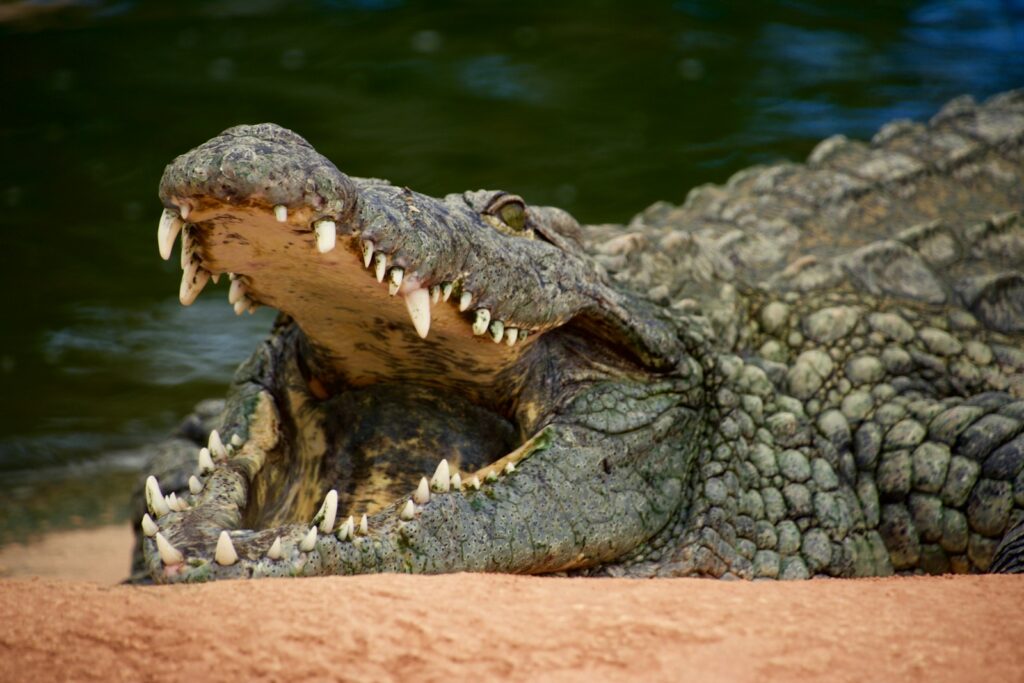
Jurassic Park depicts dinosaurs with loose, mobile tongues similar to those of modern lizards, allowing them to lick their chops menacingly or flick their tongues in snake-like fashion. Recent research comparing dinosaur hyoid bones (which anchor the tongue muscles) with those of modern animals suggests that most dinosaurs actually had tongues more similar to those of crocodilians—relatively immobile and attached to the floor of the mouth. Only avian dinosaurs (the lineage that led to birds) developed highly mobile tongues. Additionally, the film shows many dinosaurs with visible teeth when their mouths are closed, particularly the impressively toothy grin of the T. rex. Fossil evidence indicates most theropod dinosaurs actually had lips similar to those of lizards that would have covered their teeth when their mouths were closed, contrary to the crocodile-like exposed teeth shown in the film.
The Missing Tail Power
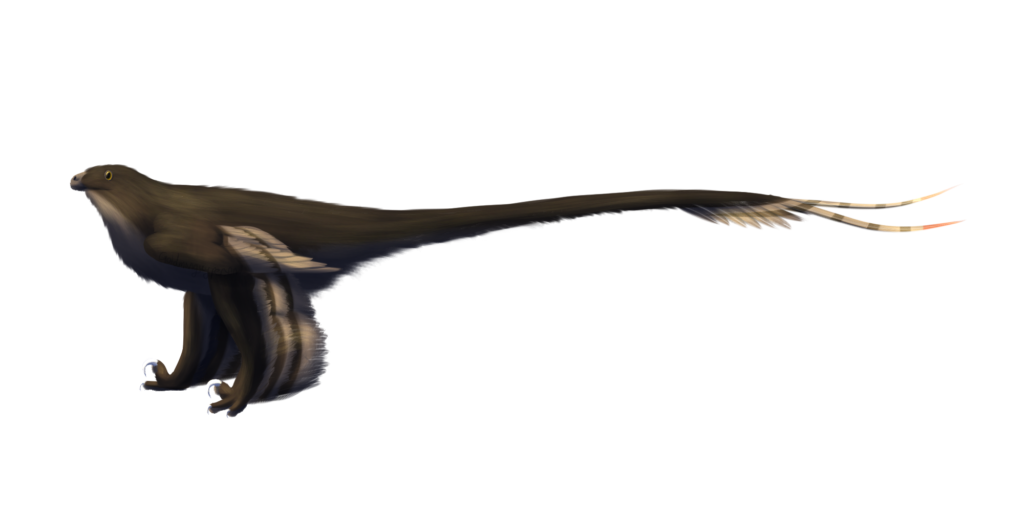
Jurassic Park’s dinosaurs, particularly the bipedal theropods like Velociraptors and T. rex, do not accurately demonstrate the critical role tails played in dinosaur movement and balance. In the film, tails are often portrayed as passive appendages dragging behind the animals or held stiffly out, whereas in reality, dinosaur tails were dynamic counterbalances that enabled their unique form of locomotion. The powerful caudofemoralis muscles connected the tail to the legs, providing the main propulsive force for movement—a system fundamentally different from mammalian locomotion. This incorrect tail biomechanics is particularly evident in scenes where raptors rear up or balance on obstacles, actions that would have required significant tail adjustments not shown in the film. Furthermore, the film’s dinosaurs frequently adopt upright, vertical postures more reminiscent of outdated 1950s dinosaur reconstructions than the more horizontally balanced postures supported by modern biomechanical research.
Scientific Legacy Despite Inaccuracies
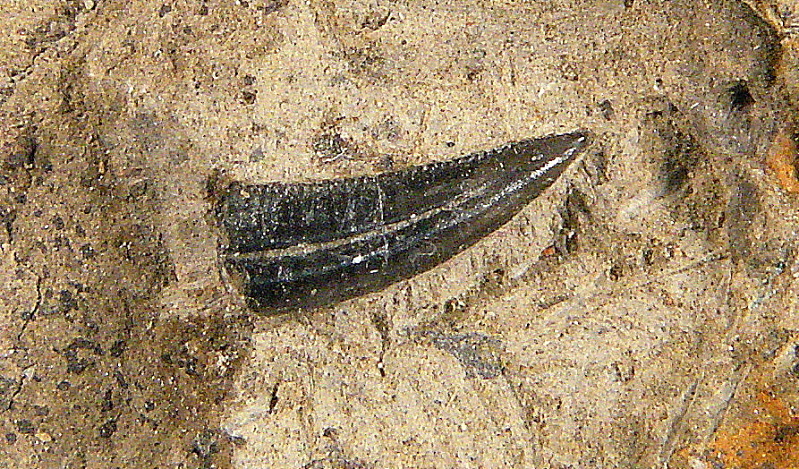
Despite its numerous scientific inaccuracies, Jurassic Park deserves credit for dramatically increasing public interest in paleontology and dinosaur science. The film’s release in 1993 coincided with what some have called the “Dinosaur Renaissance,” a period of rapidly evolving scientific understanding about these ancient creatures. Many paleontologists working today cite Jurassic Park as their initial inspiration for entering the field, creating a generation of scientists who have subsequently corrected many of the very misconceptions the film helped popularize. The movie also revolutionized visual effects technology and set new standards for realistic creature design that influenced both entertainment and scientific visualization. Perhaps most importantly, Jurassic Park helped transform the public image of dinosaurs from slow, dim-witted reptiles to active, dynamic animals, a shift that aligned with contemporary scientific thinking even if many specific details were incorrect.
Conclusion

Jurassic Park remains a masterpiece of filmmaking and a cultural touchstone that shaped how an entire generation visualizes dinosaurs. While its scientific accuracy has eroded with time and new discoveries, the film should be understood as a product of its era—representing the cutting edge of paleontological knowledge in the early 1990s. Rather than diminishing the film’s legacy, these inaccuracies highlight the exciting progress of dinosaur science over the past three decades. The continuing fascination with correcting Jurassic Park’s dinosaurs demonstrates the film’s enduring impact on popular science and its success in making paleontology accessible and exciting to the public. As our understanding continues to evolve, perhaps the greatest legacy of Jurassic Park is how it taught us to wonder about these magnificent prehistoric creatures and inspired many to pursue the very science that would ultimately prove some of its depictions wrong.



